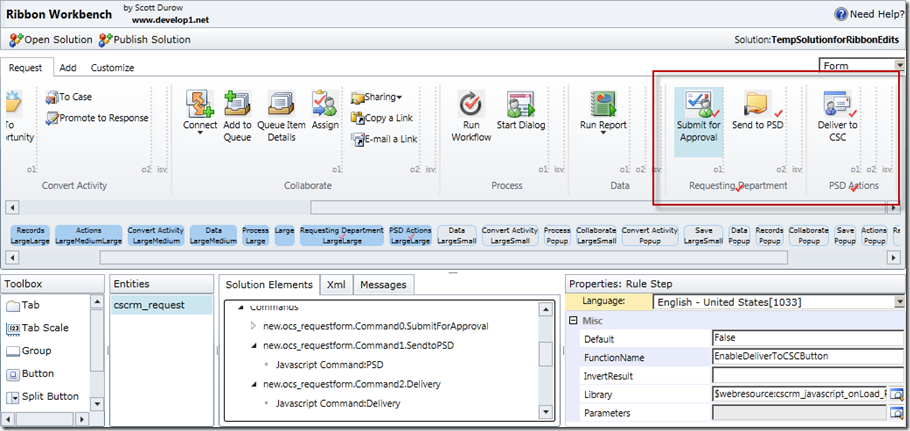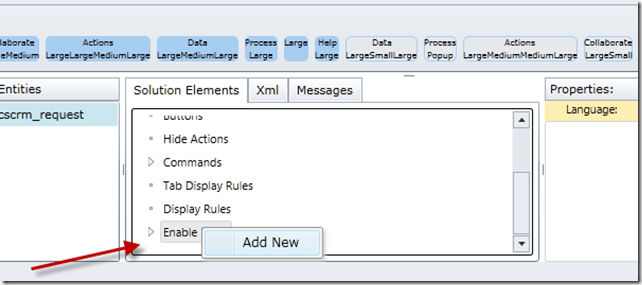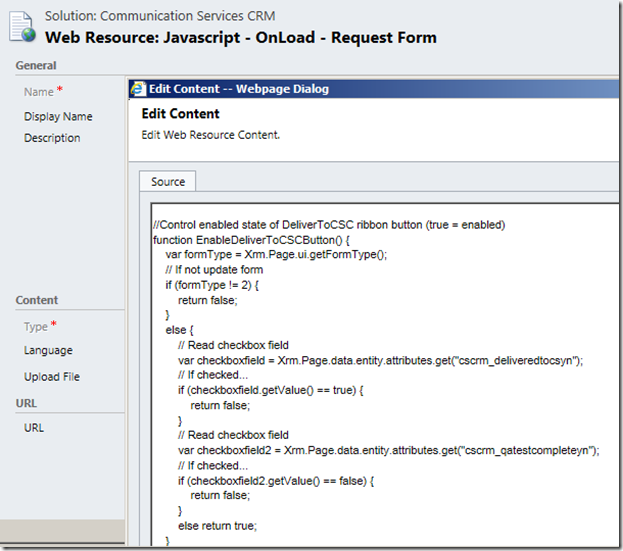Resolving Dynamics 365 Contact Sync Issues in Outlook –
ExchangeSyncIdMapping Overload
Introduction
Recently, our project encountered a critical issue where Outlook
crashed for 4000+ users when accessing the contact section. Upon
investigation, we found that data in the ExchangeSyncIdMapping entity table
had surged dramatically—reaching 800GB to 1TB, severely impacting
performance and stability.
Microsoft confirmed that the activation of Outlook
filters for individual users triggered mailbox sync between CRM and
Outlook, leading to this excessive data buildup. Below, we outline
our journey to identifying the root cause and applying solutions to mitigate
the issue.
Initial Findings: Outlook Filters Causing Sync Issues
Upon raising a Microsoft support ticket, we discovered that
the CRM sync process was automatically applying Outlook filters when
users onboarded. Microsoft initially advised updating or deleting these
filters to prevent future sync issues.
We followed their recommendation using XRM Toolbox,
based on Microsoft’s official documentation: 🔗 Configure
Default Sync Filters
However, after deleting these filters, the sync issue persisted,
and ExchangeSyncIdMapping entity space continued growing. This led us to
further investigate its underlying cause.
Further Investigation: Security Role & Mailbox
Customization Impact
Upon deeper analysis, we found that the issue originated
when new users were assigned security roles and their mailboxes were
enabled through a custom plugin. This automatically created Outlook
filters, causing continuous synchronization—even after filters were deleted.
Additionally, data in the ExchangeSyncIdMapping entity
was not decreasing despite efforts to stop the sync.
Microsoft’s Recommended Fix & Implementation Steps
To fully resolve the issue, Microsoft provided the following
steps:
Step-by-Step Resolution:
- Create
a new view with a filter excluding contact data to prevent sync
from CRM to Outlook.
- Import
this view into the CRM solution.
- Use XRM
Toolbox to set the new view as default and delete/deactivate
the existing view causing the issue.
- Disable
the mailbox for affected users.
- Apply
the new view to all existing and new users using XRM Toolbox.
- Manually
delete all Outlook contacts for impacted users.
- Reactivate
mailboxes, which will trigger a cleanup and reduce
ExchangeSyncIdMapping entity data.
Final Thoughts & Lessons Learned
Through this process, we uncovered how hidden automation
during user onboarding can significantly affect data synchronization.
- Proactively
reviewing and controlling default sync filters is crucial for preventing
Outlook-related crashes and data overload.
- Customization
via plugins should be closely monitored, especially when
impacting system-wide configurations.
Following Microsoft’s guidance, we successfully reduced
ExchangeSyncIdMapping entity data and stabilized the synchronization process.
If you are facing similar CRM-to-Outlook sync issues,
consider these best practices early to avoid excessive data buildup!
This version enhances readability, breaks down complex
information, and adds clear headings for structured flow. Let me
know if you'd like further tweaks, or if you want to highlight any additional
points











